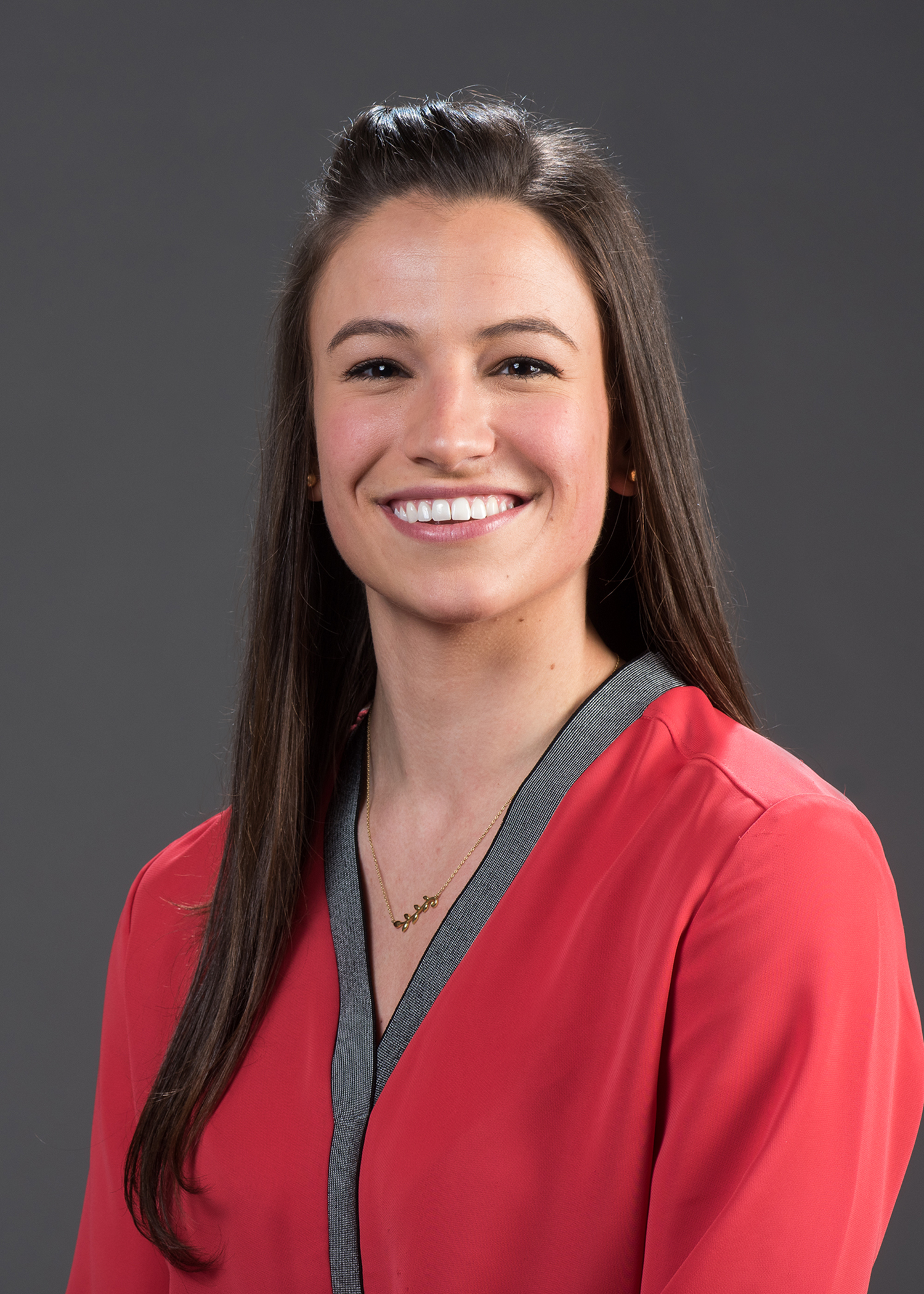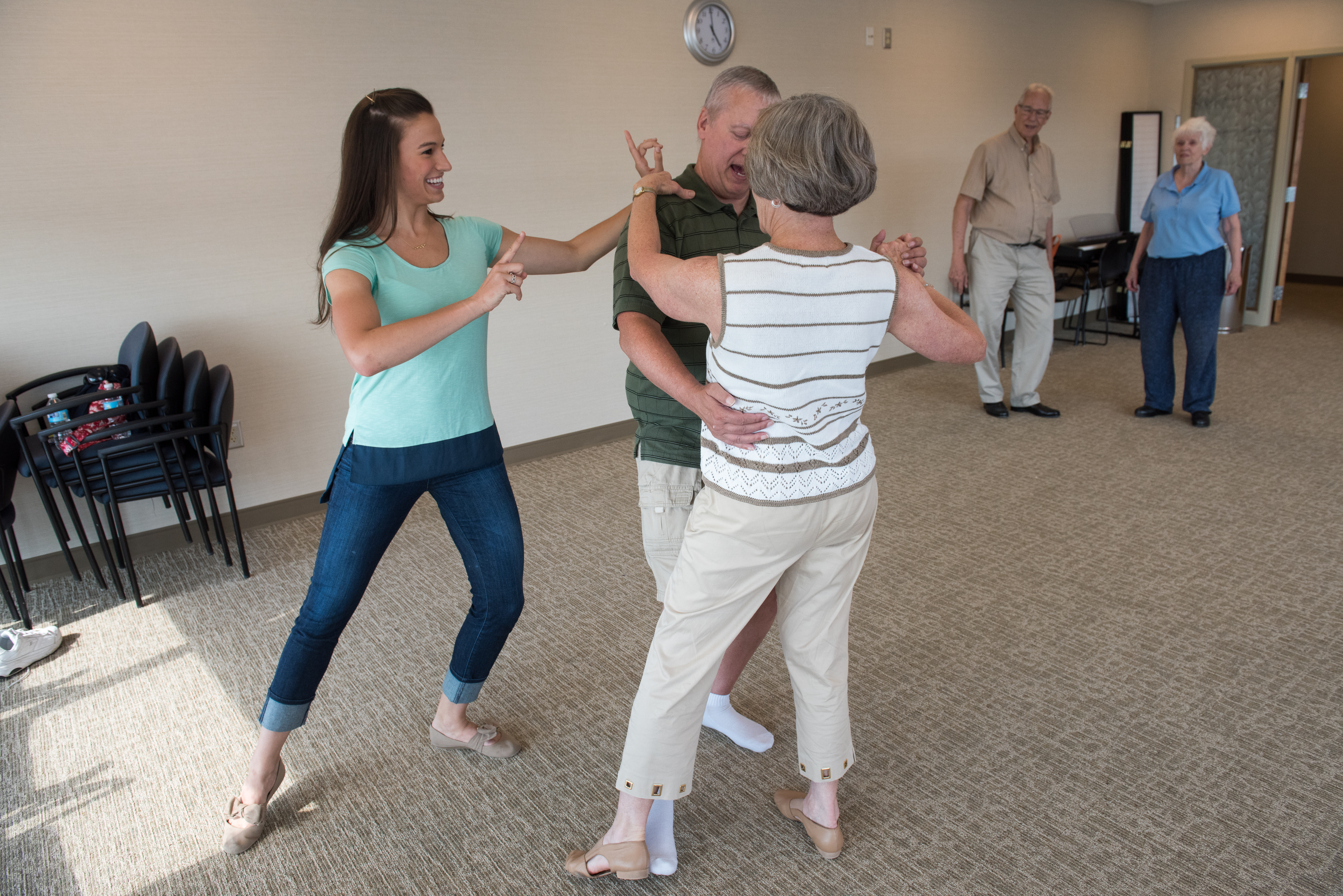
Most stories of cancer survivorship include the date of the patient’s final chemotherapy treatment. This seems like the finish line – the last hurdle to clear before getting back to regular life. But to kill off cancer cells, the patient essentially endures internal chemical warfare.
Though chemotherapy and radiation rid the patient of cancer, they can leave the body reeling from side effects. Very little research exists on cancer survivorship, but Mimi Lamantia, a graduate of The Ohio State University’s school of dance, set out to change that – backward and in dancing shoes.
As a freshman, Lamantia partnered with Lise Worthen-Chaudhari, MFA, MS, CCRC, a faculty member at OSU’s Center for Physical Medicine and Rehabilitation who was researching dance-based medical interventions. With her interest piqued, Lamantia began poring through OhioLINK’s research databases for existing research on fields of medicine that used dance therapy. While doing a literature review for a class, she found the inspiration for her own research.
“There’s actually a bulk of research on the use of Argentine tango for individuals with Parkinson’s disease,” Lamantia said. “A lot of those studies came from Madeleine Hackney, who is at Emory University. I wouldn’t have necessarily gotten to know her work had there not been these kinds of resources that you can get from Ohio State and OhioLINK.”
When department heads caught wind of her interest in using dance as rehabilitation therapy, they approached Lamantia about the Pelotonia Fellowships, student awards for cancer research funded through money raised from the Pelotonia bike ride. Teams such as OhioLINK’s raise money to provide the $2 million per year to fund the program.

Lamantia and Worthen-Chaudhari then narrowed their focus to patients with chemotherapy-induced peripheral neuropathy (CIPN). An expanding diagnosis, this condition is a side effect of chemotherapy that causes a lack of sensation in the feet and hands. This is especially troubling in an elderly population, which represents 70 percent of all cancer survivors, as it puts them at a high fall risk. Lamantia knew that if Argentine tango could improve balance in individuals with Parkinson’s, it might be worth a shot for CIPN patients.
As part of the Pelotonia Fellowship, Lamantia taught three 10-week sessions of Argentine tango to cancer survivors and their chosen partners – friends, loved ones, and even primary caregivers. To gauge patients’ progress, Lamantia collected balance data using a portable force plate – like a Wii balance board – to detect medial-lateral sway.
Over the course of 10 weeks, patients tangoed their way to a 56 percent cut in medial-lateral sway, putting most back in the range of normal balance for their age range.
“We were super excited about that because, when I think about it not through a science lens and I think about it through what I call my dancer lens, I just want people to feel joy,” Lamantia said. “As I got to know these dancers that also happened to be cancer survivors, I realized how much cancer can make individuals not feel like themselves.”
Lamantia and her Pelotonia Fellowship group are still in the process of compiling data and have presented the information at conferences such as the American Congress of Rehabilitation Medicine. She plans to attend medical school.
“There’s so much more than just the balance results that we got – but we were really excited with the balance results,” Lamantia said. “What’s amazing about dance is it brought all these people together, wherever they were.”
#
Written by Audrey Carson

